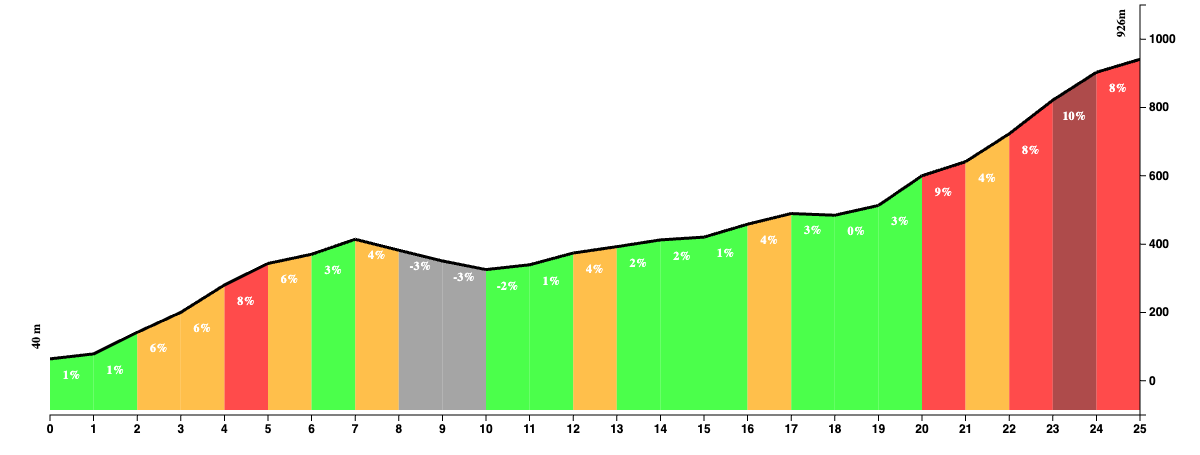Picapedreros
The dirt roads of Montes de Málaga are a sanctuary to get away from the city’s chaos.
Sanctuary comes at a cost, however.
Route
The Picapedreros route is a gem for gravel riders looking to explore the wild side of Málaga without straying too far from the city. Named after the old stonecutters (“picapedreros”) who once worked these hills, this route blends history, nature, and a good dose of challenge into a rewarding loop through the Montes de Málaga Natural Park.

Starting from the northern edge of the city, the route quickly trades asphalt for gravel as you approach the foothills of the Montes de Málaga. Right after passing the Botanical Gardens, the real climbing begins — and it’s a tough start. You turn right onto a steep tarmac ramp that hits a tough 14% gradient almost immediately, giving you a proper wake-up call before you even hit the dirt.
Once you leave the tarmac behind, the trail opens into a very wide gravel road carved out by heavy rains and erosion. Expect sharp rocks, deep crevices, and rugged surfaces that will test your bike handling from the start. A word of warning: this route is far from smooth. You’ll have a much more comfortable ride on a full-suspension mountain bike, especially after storms when the road conditions get even rougher.
As you gain elevation, the city views fade behind you and the landscape transforms into rolling pine forests, dry riverbeds, and the occasional olive grove. In spring, the air is thick with the scent of wild herbs and pine, and in the summer months, the early morning light paints everything in golden hues.
The climb continues steadily as you wind higher into the Montes de Málaga Natural Park, alternating between rocky stretches and firmer hardpack. It’s a long, grinding effort, but the scenery quickly makes up for the suffering. The higher you go, the more the city disappears behind you, replaced by sweeping views of pine-covered hills, dry riverbeds, and the glittering coastline in the distance.
Midway through, the trail levels out slightly into more rolling terrain, offering a short but welcome break. Under the shady pine canopies, you can catch your breath and enjoy the quiet of the natural park, broken only by the sound of the wind and the occasional squirrel, or if you’re lucky, you might even see a herd of little boars.
However, don’t let your guard down — the final part of the climb is the hardest. After a sharp 180-degree turn where you switch from one gravel road to another, the gradient kicks back up sharply, averaging around 8–9%. The surface remains rocky and uneven, demanding both strength and focus. And just when you think you’re through the worst of it, you hit the tarmac section near the Humaina hotel. The gradients stay stubbornly high, with hairpin corners peaking at a leg-burning 15%.
Once you reach the top, you’re rewarded with incredible views over the Montes de Málaga and the Sierra de Mijas in the distance. The descent back toward the city is fast and flowy on butter-smooth tarmac roads (the A-7000) that let you open up the brakes and enjoy some well-earned speed.
Fueling up
No stops on the way up. At the top and on the way down, there are some ventas (country inns), where you can grab a café con leche. At the top, there’s the famous Fuente la Reina, which has a tap with potable water, although for most part of the year, this source is dry.
